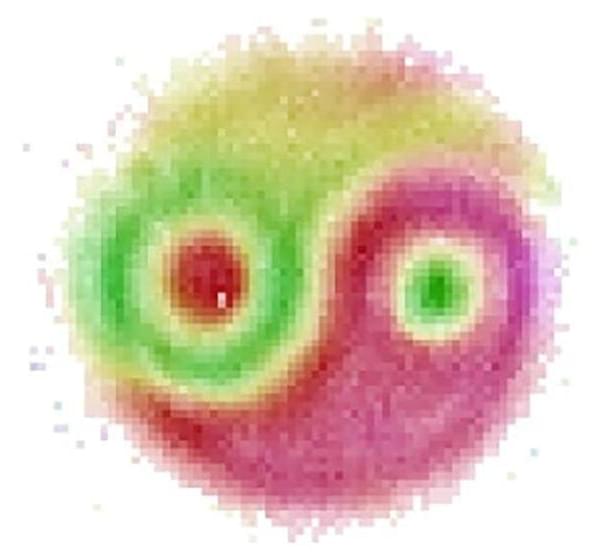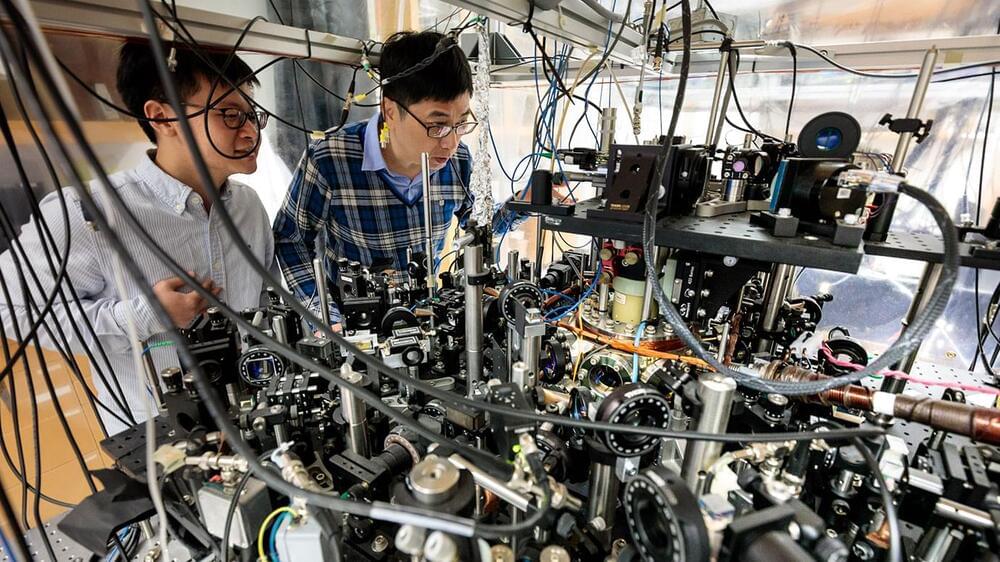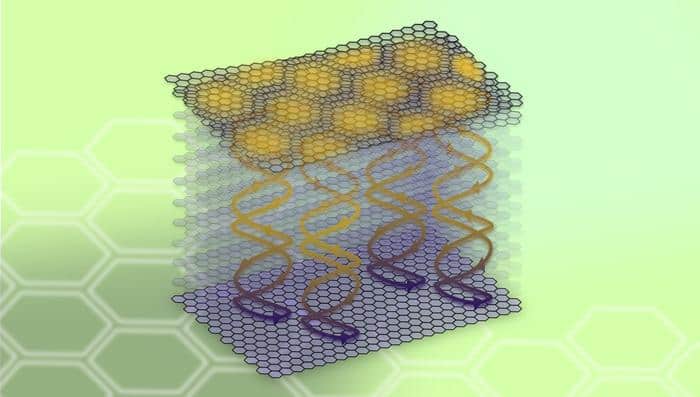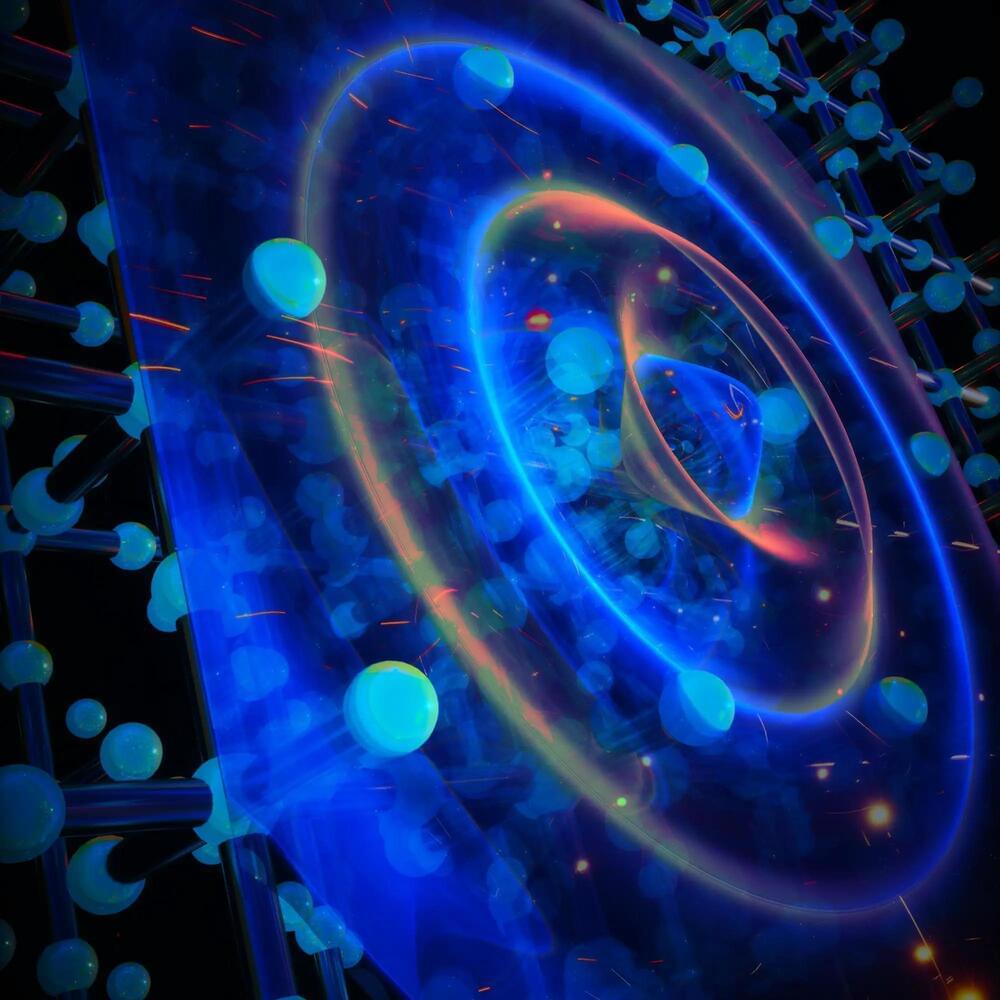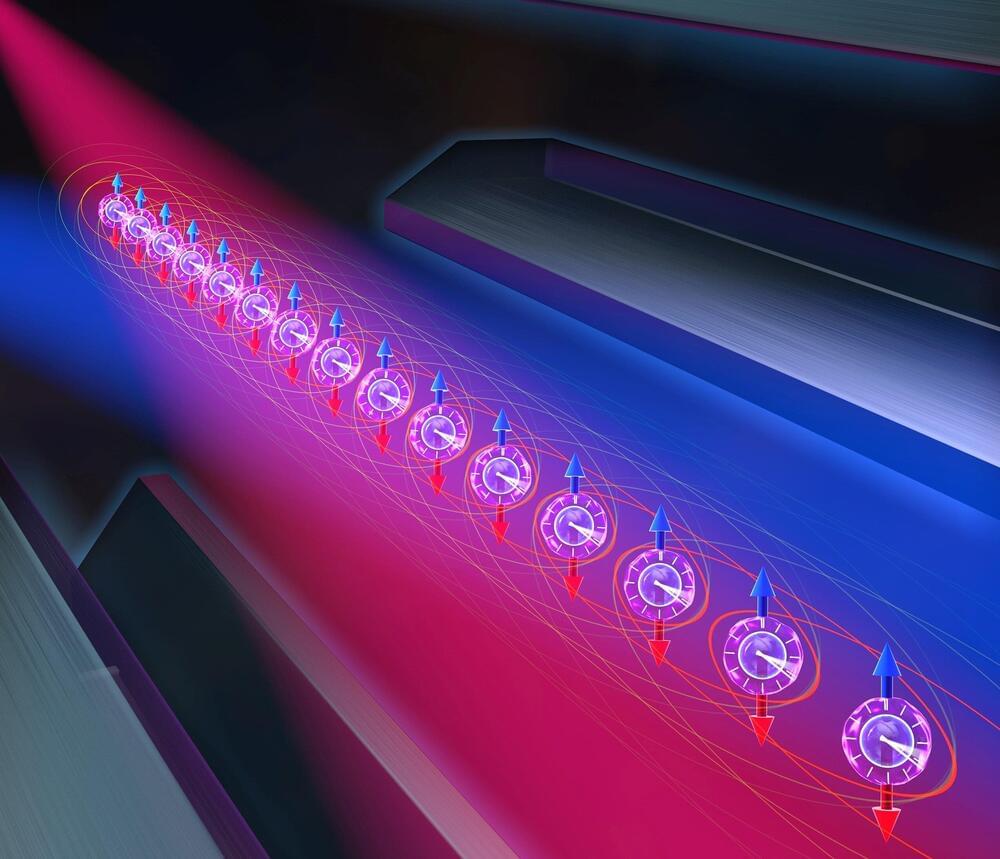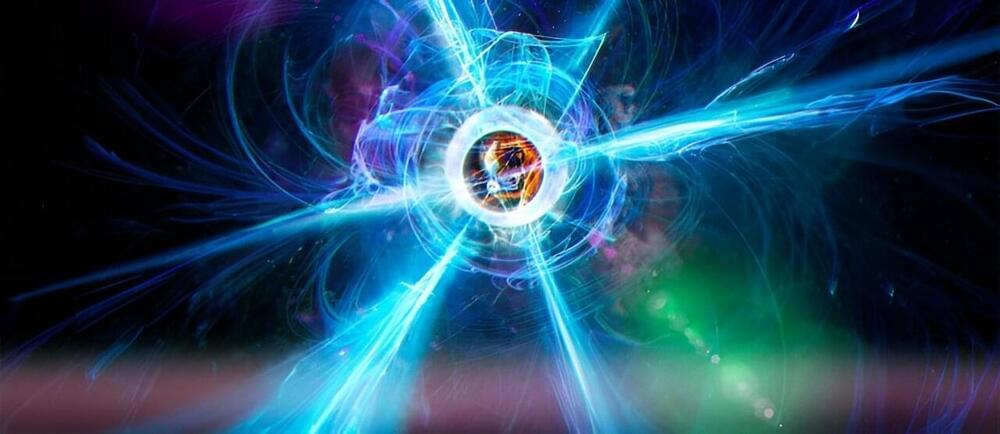A new symmetry-based classification could help researchers describe open, many-body quantum systems that display quantum chaos.
The quest for understanding quantum systems of many particles—and the exotic phenomena they display—fascinates theorists and experimentalists alike, but it’s one with many hurdles. The number of the system’s quantum states increases exponentially with size; these states are hard to prepare, probe, and characterize in experiments, and interactions with the environment “open” the system, further increasing the number of states to consider. As a result, open, many-body quantum systems remain a frontier of exploration in physics, for which researchers haven’t developed a systematic theoretical framework. A new study by Kohei Kawabata of Princeton University and colleagues has taken an important step toward developing such a general framework by offering a complete classification of these systems based on symmetry principles [1] (Fig. 1).


